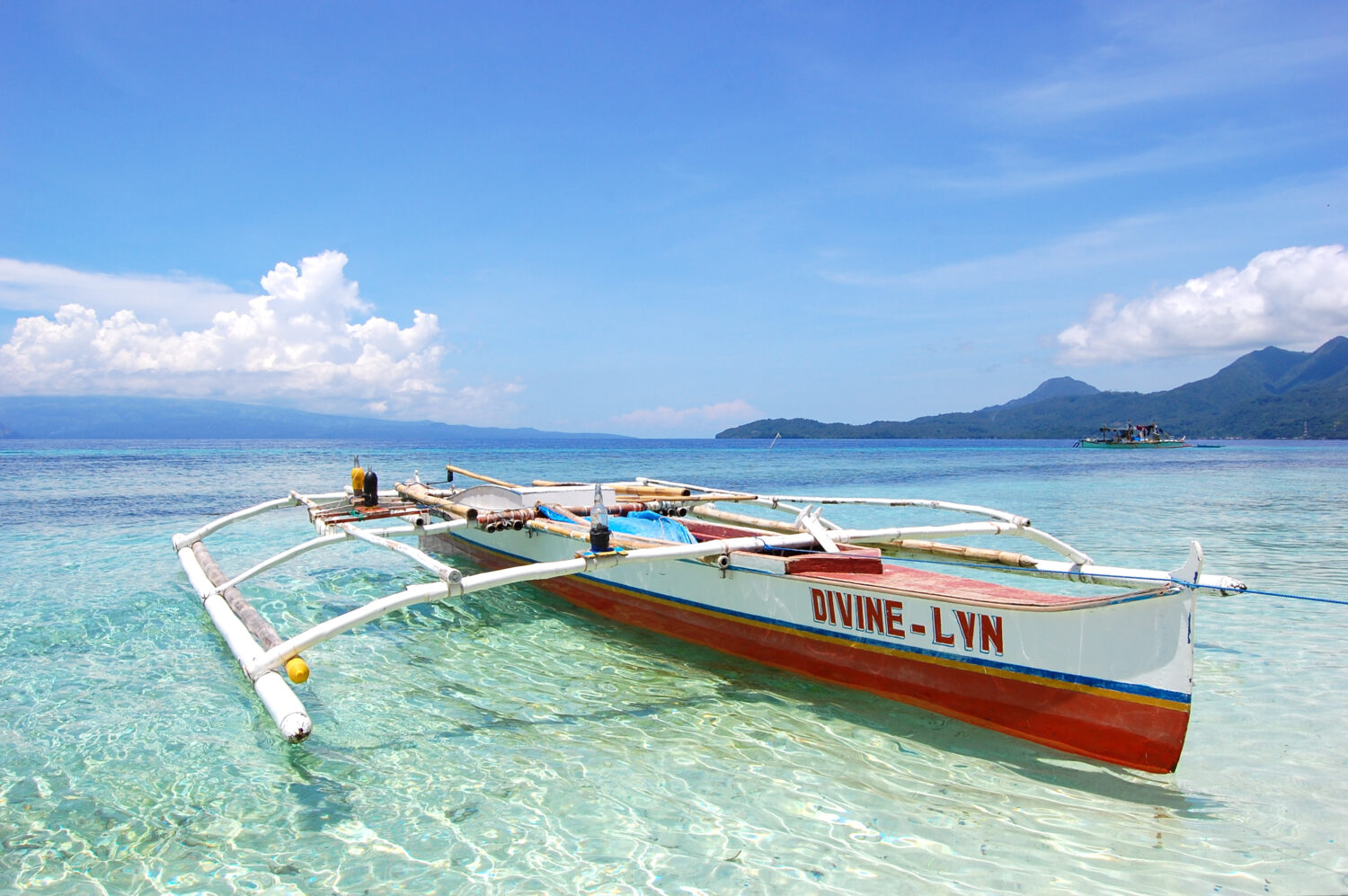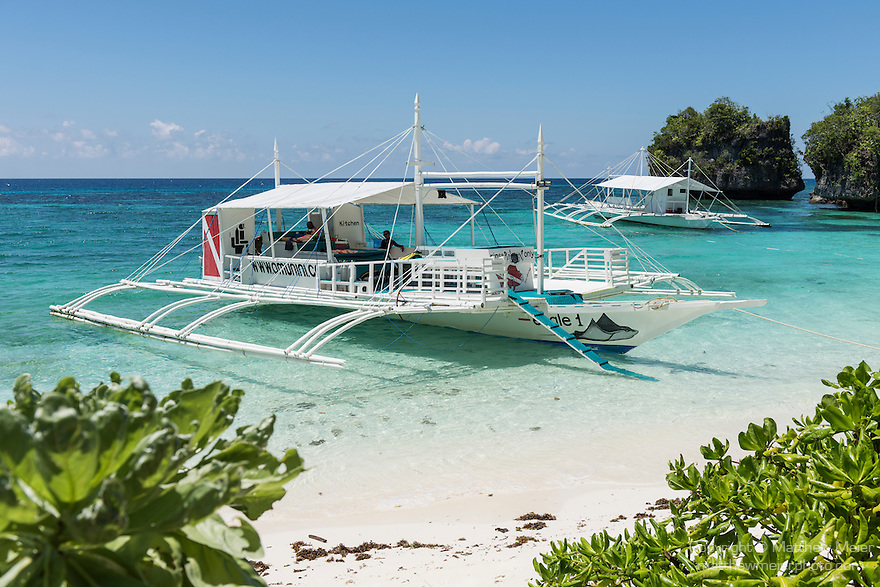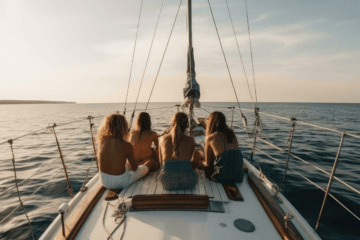Traditional boat building in Palawan, particularly in places like Coron and El Nido, is a meticulous process deeply rooted in the cultural heritage of the Philippines. The traditional boat, often referred to as a “Bangka,” serves various purposes, including fishing, transportation, and island hopping for tourists. The process begins with the careful selection of materials. Hardwoods like mahogany, molave, or guijo are preferred for their durability and resistance to water damage. The choice of wood is crucial as it directly impacts the strength and lifespan of the boat.

Traditional Boat Building in Coron and El Nido
Boat building in Palawan involves traditional designs that have been passed down through generations. The boat’s purpose, whether for fishing or tourism, dictates the specific design. The plans are often passed down orally or through practical apprenticeships. The hull is the main body of the boat and is crafted by joining planks of wood. Skilled boat builders meticulously carve and shape each plank to fit together seamlessly, creating a watertight structure.
Traditional boat designs often feature an outrigger on one side for stability. Wooden pegs, dowels, or nails are traditionally used for joinery and fastening. The boat builders carefully fit each piece together, ensuring a tight and secure connection. The craftsmanship involved in this step is critical to the boat’s structural integrity.
Boat builders use hand tools like adzes and chisels to carve and shape the boat’s components. The process is highly labor-intensive and requires a deep understanding of the wood’s properties to achieve the desired form. In traditional boat designs in Palawan, many boats have outriggers for stability. These outriggers, known as “katig” in Filipino, are attached to the main hull using sturdy connections. The outriggers play a crucial role in preventing the boat from tipping over.
- Once the basic structure is in place, boat builders add finishing touches. This may include additional reinforcement, smoothing the surfaces, and applying protective coatings, such as varnish or sealant, to guard against the corrosive effects of saltwater. The completion of the boat marks a significant moment. Before launching, a blessing or ceremony may take place, often led by a local spiritual or community leader.
- This ritual is meant to invoke protection and good fortune for the boat and its crew. Traditional boat building is often a community effort. Skilled craftsmen pass their knowledge down to younger generations through apprenticeships. The construction process may involve multiple individuals, each contributing their expertise to different aspects of the boat.
- While the core principles of traditional boat building remain intact, modern adaptations are often incorporated. For instance, some boats now feature engines for propulsion, adding a touch of modern convenience while retaining their traditional aesthetics.

The traditional Philippine bangka is instantly recognizable by its outriggers (katig), providing stability in rough seas. Boatbuilders, using knowledge passed through generations, shape the hull from local hardwoods like mahogany, ipil, nara and other local Philippine hardwoods. The process is a meticulous craft, involving careful selection of wood, hand-carving, and steam-bending to achieve the perfect form.
Originally, traditionally, planks were fastened with dowels and sealed with resin, though modern methods often incorporate epoxy and nails. This system of craftsman and material installation results in a bangka perfectly adapted to the Philippine’s water’s.
Preserving the art of traditional boat building is crucial for maintaining the cultural identity of Palawan. The process reflects a harmonious relationship between the people and the sea, embodying a sustainable and time-honored approach to maritime transportation in this stunning archipelago.


